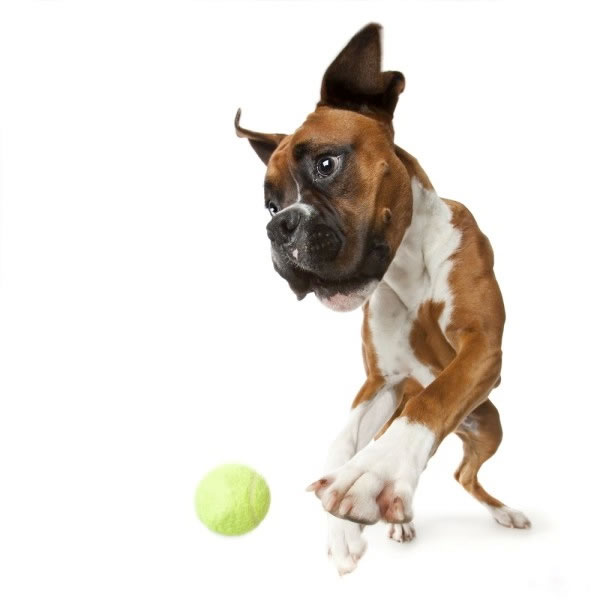
DENTAL DISEASE IS NOT A GAME, WHAT IT IS AND WHAT IT LOOKS LIKE
THE BASICS
Your pet’s teeth and gums are not very dissimilar to our own and are unfortunately subjected to the same processes of decay and disease. Although we usually don’t consume the same diet as our animals, their food does contain simple carbohydrates (sugars), acids, and other chemicals such as dyes that in conjunction with their own naturally occurring acidic salivary enzymes, make for an opportune habitat for the formation of bacterial laden plaque and ultimately calculi. Plaque is essentially a biofilm composed of many different types of bacteria. Some of the bacteria found in plaque are acquired as our animals nose around and investigate their environments; some is from their normal native oral flora. Plaque begins to develop immediately following cleaning and is continuously nurtured by food matter. If plaque is not removed regularly it becomes a hard calculus (also known as tartar). Plaque and tartar contribute to halitosis (stinky breath). The bristles of a soft toothbrush easily remove plaque but calculus on the other hand can’t be removed with a toothbrush and requires mechanical scaling. Plaque and calculus both cause irritation to the gums, which is commonly called gingivitis. Gingivitis is the beginning of periodontal disease and when left too long unaddressed can become very, very severe. Periodontal disease not only can lead to severe pain, tooth loss, abscess and bone loss, it can also cause systemic disease such as heart disease, liver disease, kidney disease and so forth. With so much at risk, the necessity of a routine based around good oral hygiene becomes clear.


 |
||
|---|---|---|
 |
||